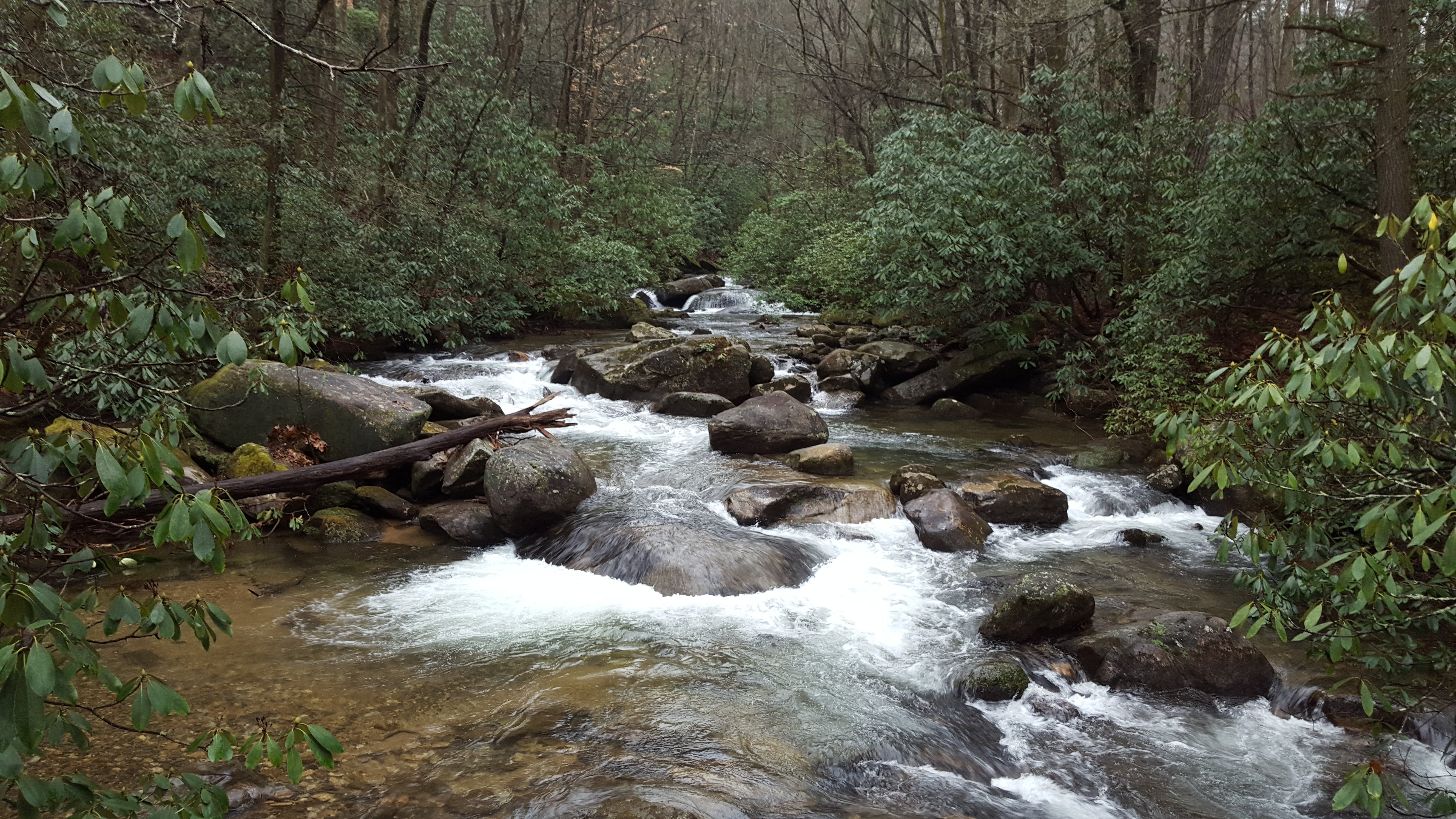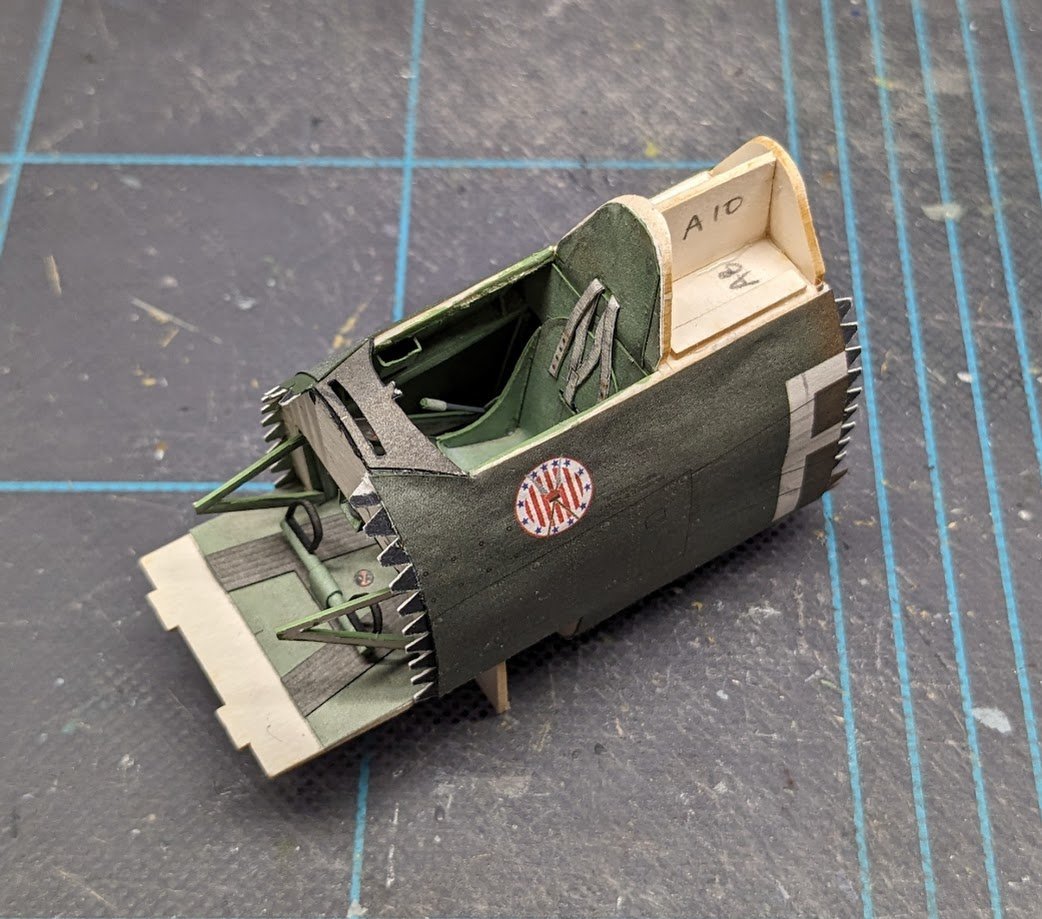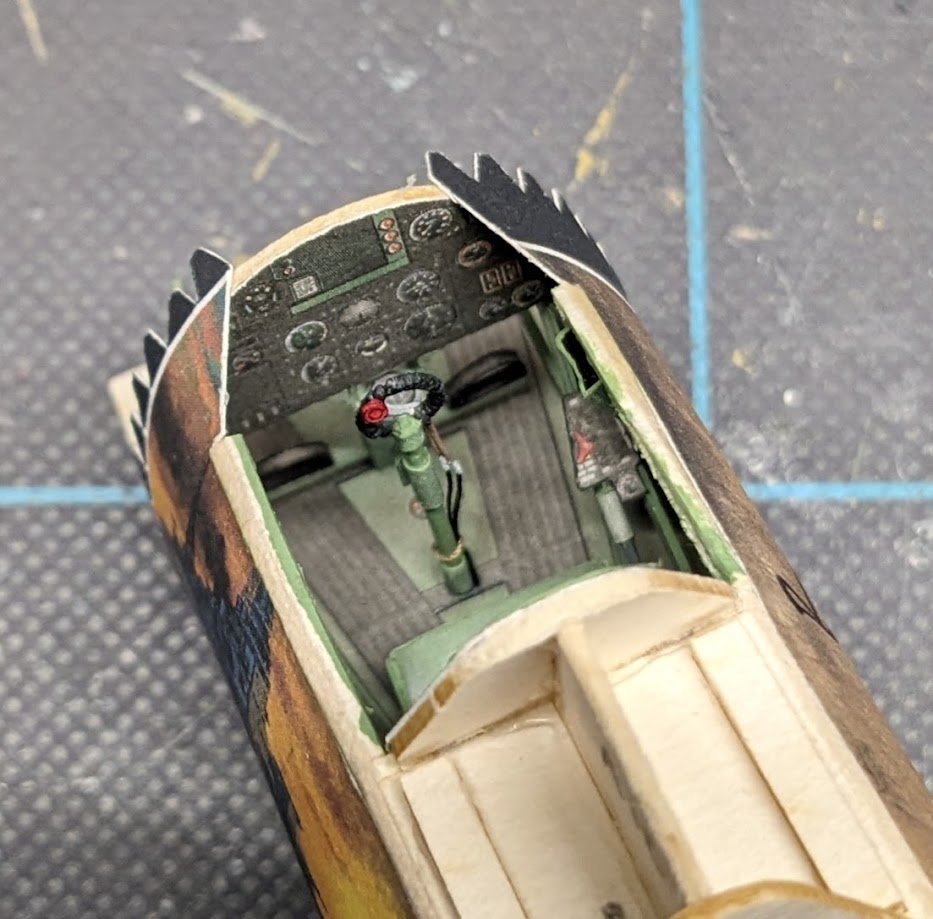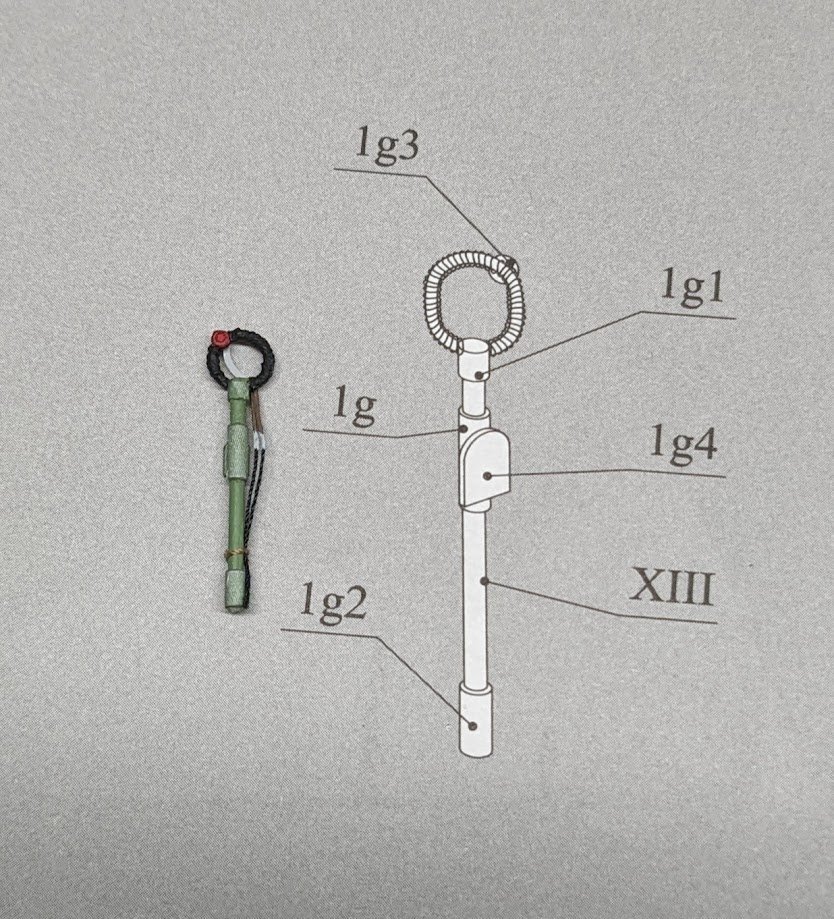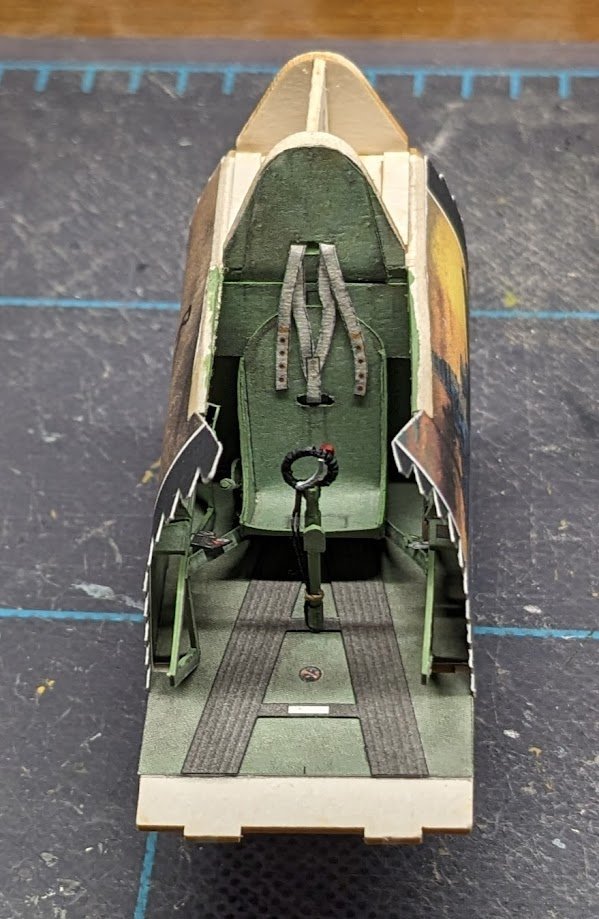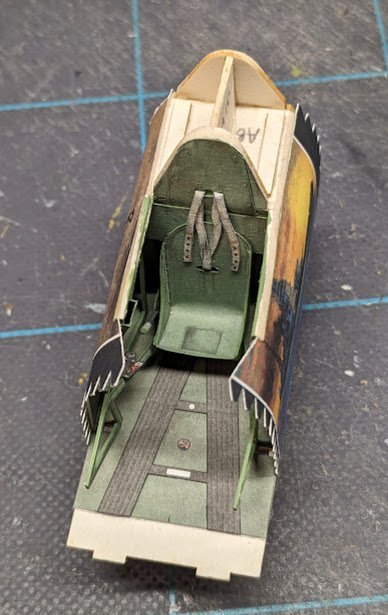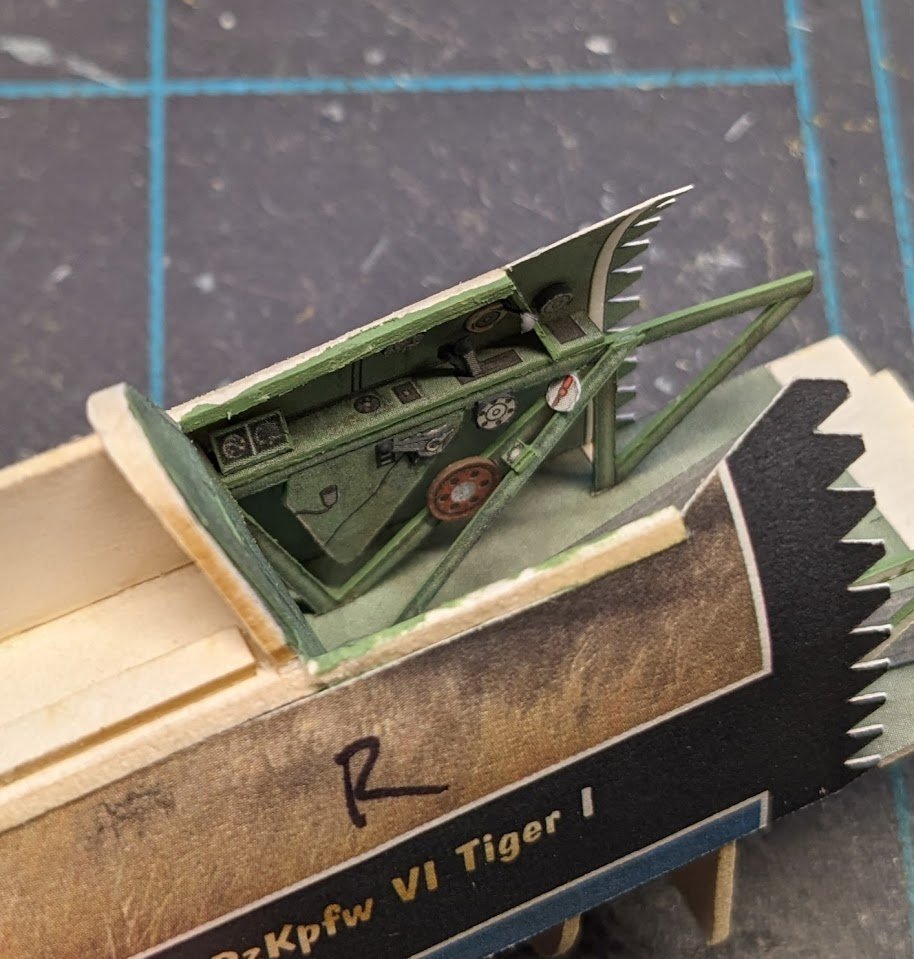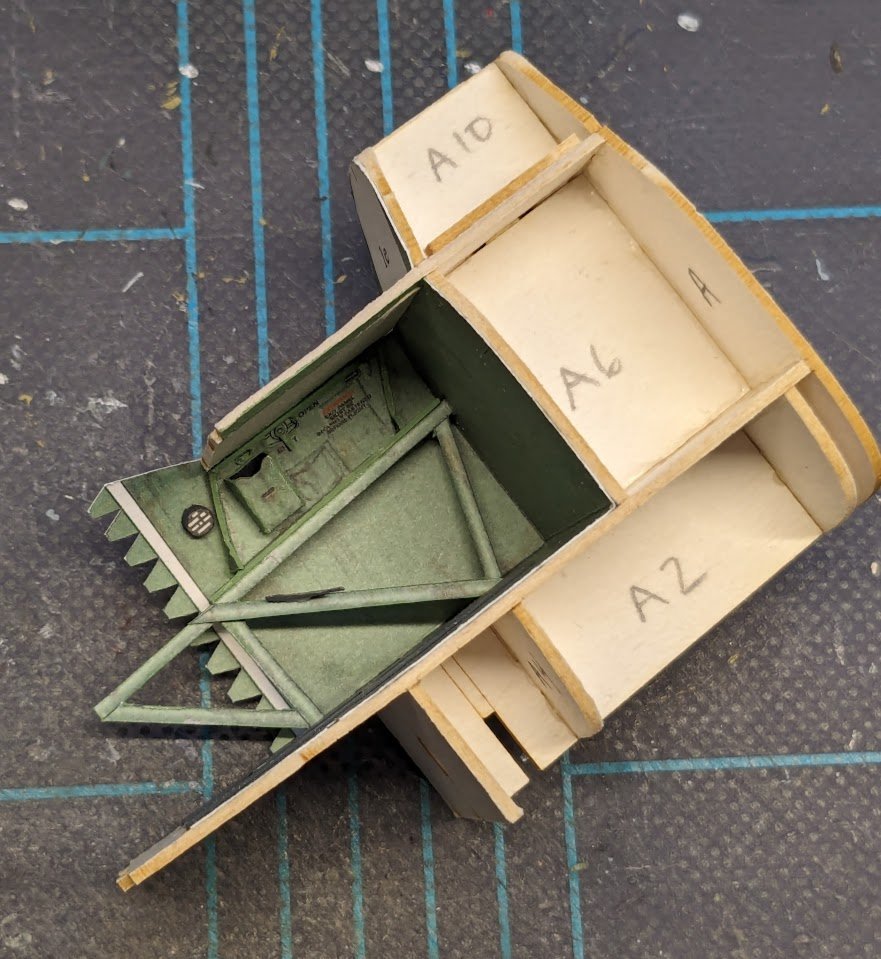-
Posts
10,210 -
Joined
-
Last visited
Content Type
Profiles
Forums
Gallery
Events
Everything posted by ccoyle
-
A semi-disastrous day today. After test-fitting the wrap-around outer cockpit skin TWICE, during which tests it seemed to fit loosely, I glued one side on, only to discover that the other side was too short! I managed to get the glued side off before it had completely set, but not without some minor damage to the paper, resulting in some faint crinkling. Then, onward with Try #2. First side went on fine, but the other side wound up slightly crooked -- which I noticed only AFTER it was too late to do anything about it. As a result, I will eventually have at least one, probably two, somewhat hideous seams to repair. Fun. 🙄 Construction now moves on to the forward fuselage. Unlike later Halinski designs, the nose section of this kit has no longitudinal frame, only transverse bulkheads -- I suspect this will yield a somewhat delicate structure.
-
Welcome aboard!
-
Rudder yoke and instrument panel installed. The kit doesn't supply extra parts for adding depth to the panel. It could be done by photocopying the panel to create an extra layer, but I was too lazy. Hey, at least I'm honest! I should add that I do have the Hurricane Mk. IIc kit from Kartonowa Kolekcja, and that kit does have parts for doubling the instrument panel.
-
Welcome, Christian! You did a fabulous job on your Endeavour!
-
Yes, but he's talking about recent activity. That I can't vouch for, but perhaps some of our European connections, such as @0Seahorse, can shed more light.
-
They're like Lay's potato chips -- no one can build just one!
- 63 replies
-
- card
- Revenue Cutter
-
(and 2 more)
Tagged with:
-

QUICK-FIND INDEXES to BUILD LOGS FOR KITS
ccoyle replied to Dan Vadas's topic in - Index of all kits by brand and subject
I already moved it once this morning, so I don't know why it still showed up in Nautical General Discussion. Anyhoo, I have moved it again. Hopefully it sticks this time. -
Just like a plastic or wood kit, a card kit can be modified and/or detailed to the modeler's content. Some highly skilled card modelers will even cut out exterior panels on planes and add internal details like engines and gun bays that were not included in the original kit. It's also possible to use 1/32nd scale after-market parts for 1/33rd scale card kits, but the cost of those details usually defeats the most significant advantage of card models, namely their affordability compared to other media. Same goes for using 3D-printed resin parts for ship models; in the case of my USS England build, I deemed the extra cost of those parts (and they weren't cheap) to be justifiable in light of the results they produced. The pre-cut frames are just a convenience -- saves a lot of time spent cutting out thicker parts, which is hard on craft knife blades. The cost of laser-cut frames is well worth the marginal extra cost, IMO. Same goes for wheels -- I have made many sets of wheels from laminated disks sanded down to the proper shape, but the resin wheels save a lot of work and look much better. Cheers!
-
That would be Brian Lavery. https://www.google.com/search?client=firefox-b-1-d&q=books+by+brian+lavery
- 96 replies
-
- Sphinx
- Vanguard Models
-
(and 2 more)
Tagged with:
-
Surely there must be at least a little trepidation about cutting apart a hull like that, even if it is a necessary part of the process.
-
I started this kit many years ago, but only got as far as the decking before I decided I wasn't happy with my work up to that point, plus I also kinda fell out of love with solid hulls. Nevertheless, the kit makes a beautiful model for those who finish it, and I'll be wishing you well as I follow along on your project. Cheers!
- 22 replies
-
Well done! Congratulations on reaching the finish line!
- 54 replies
-
- Spray
- BlueJacket Shipcrafters
-
(and 1 more)
Tagged with:
-

Parts identification in Soleil Royal kit
ccoyle replied to Late to Soleil's topic in Plastic model kits
I can't answer your question, but I've moved your topic on the assumption that this is a plastic kit you're asking about. I've also edited your title to try and get you more readers. -
Welcome aboard!
-
Welcome aboard!
About us
Modelshipworld - Advancing Ship Modeling through Research
SSL Secured
Your security is important for us so this Website is SSL-Secured
NRG Mailing Address
Nautical Research Guild
237 South Lincoln Street
Westmont IL, 60559-1917
Model Ship World ® and the MSW logo are Registered Trademarks, and belong to the Nautical Research Guild (United States Patent and Trademark Office: No. 6,929,264 & No. 6,929,274, registered Dec. 20, 2022)
Helpful Links
About the NRG
If you enjoy building ship models that are historically accurate as well as beautiful, then The Nautical Research Guild (NRG) is just right for you.
The Guild is a non-profit educational organization whose mission is to “Advance Ship Modeling Through Research”. We provide support to our members in their efforts to raise the quality of their model ships.
The Nautical Research Guild has published our world-renowned quarterly magazine, The Nautical Research Journal, since 1955. The pages of the Journal are full of articles by accomplished ship modelers who show you how they create those exquisite details on their models, and by maritime historians who show you the correct details to build. The Journal is available in both print and digital editions. Go to the NRG web site (www.thenrg.org) to download a complimentary digital copy of the Journal. The NRG also publishes plan sets, books and compilations of back issues of the Journal and the former Ships in Scale and Model Ship Builder magazines.

